For decades, Rhode Island’s rocky shores were winter sanctuaries for harbor seals, their sleek bodies gliding through icy waters and basking on sunlit stones. But now, these whiskered marine mammals are arriving earlier, staying longer, and showing up in record numbers. What’s fueling this surge? Marine biologists point to a curious mix of success and survival adaptation — the harbor seal’s booming population reflects both conservation triumphs and the cascading effects of a warming ocean. Yet as their numbers grow, scientists warn, this ecological comeback story could signal deeper shifts rippling across the Atlantic coastline.
The Return of the Harbor Seals
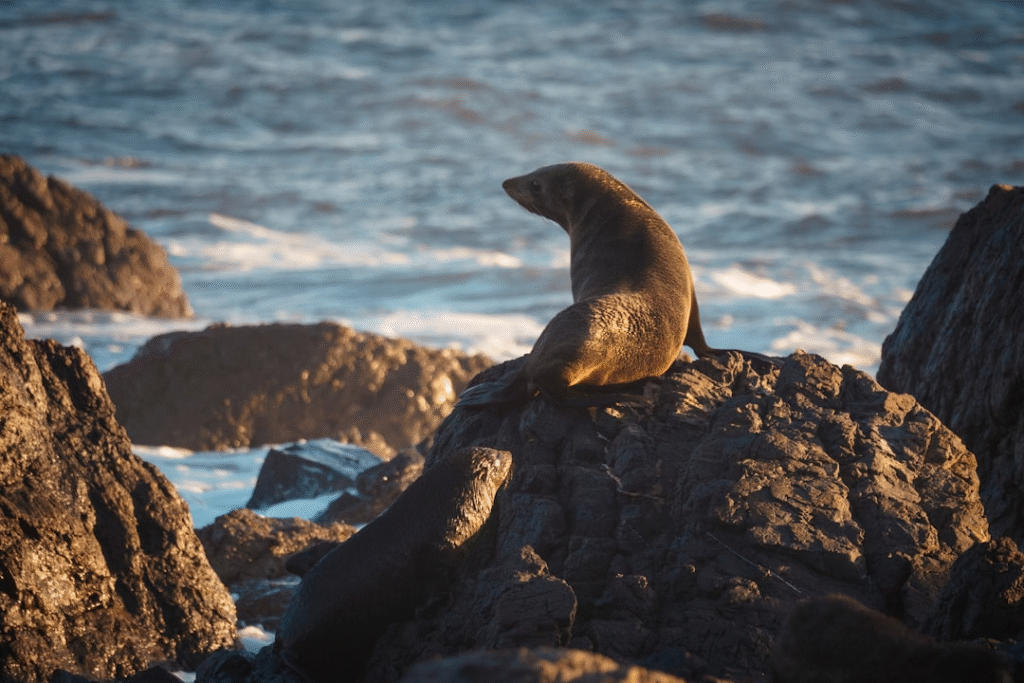
Once nearly hunted out of existence, harbor seals (Phoca vitulina) have made a dramatic comeback along the New England coast. In the early 20th century, bounties were placed on seals, seen as competitors for fish. By the 1960s, populations had plummeted. Then came the Marine Mammal Protection Act of 1972 — a turning point that gave these animals a chance to recover.
Today, Rhode Island’s Narragansett Bay hosts hundreds of seals during peak season. The growing colonies can be spotted near Rome Point and Block Island, where tourists and scientists alike marvel at the sight. Surveys by NOAA and local research groups estimate that the harbor seal population in southern New England has more than tripled in the past 30 years, with aerial counts suggesting thousands migrating along the Atlantic corridor each winter. What was once a fragile population is now thriving — a living testament to environmental policy and ocean stewardship.
Warming Waters, Shifting Boundaries
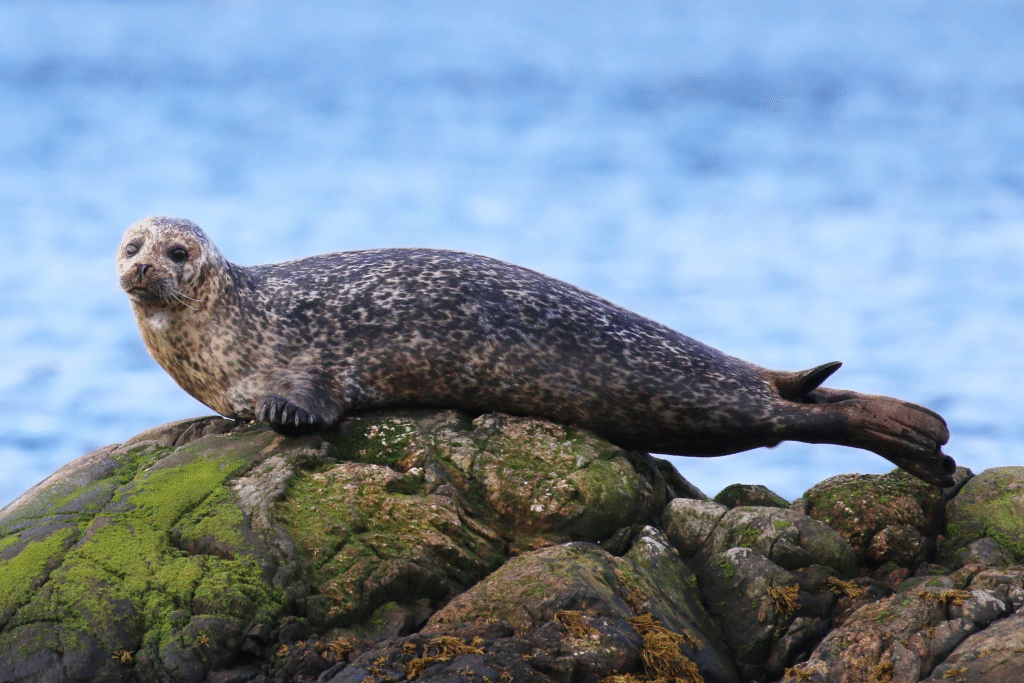
But beneath this story of recovery lies a subtler transformation. The North Atlantic is warming faster than most of the world’s oceans, and that temperature shift is redrawing the habitat maps for countless marine species.
Harbor seals, typically cold-water dwellers, are moving northward as water temperatures climb. Warmer southern waters — once tolerable — are now teeming with competitors and predators, from increasing shark activity to expanding gray seal colonies. Meanwhile, Rhode Island’s relatively cooler coastal zones have become ideal pit stops and breeding areas.
Oceanographers have tracked a 1.5°F rise in average sea surface temperature in the Northwest Atlantic over the past century. This shift has altered the migration routes of fish species that seals rely on, such as herring and sand lance. “The seals are following the food,” explains Dr. Laura Hines, a marine ecologist at the University of Rhode Island. “Their expanding presence in Rhode Island isn’t random — it’s a biological response to a changing climate.”
The Science Behind the Surge

To understand the seal boom, scientists are combining satellite tracking, drone surveys, and genetic sampling to map their behavior with unprecedented precision.
Recent studies show that individual seals often travel hundreds of miles between seasonal habitats. Tagging data reveals intricate migratory loops — from Maine to Rhode Island and even to Long Island Sound. The animals use consistent haul-out sites, returning year after year to the same rocky ledges.
Researchers also point to improved fish stocks, tighter fishing regulations, and cleaner waters as supporting factors. Rhode Island’s coastal restoration programs have boosted estuarine health, creating richer feeding grounds. “It’s not just about climate,” says marine biologist Tom Mulligan. “We’re seeing the rewards of decades of conservation efforts, which gave seals the foundation to thrive again.”
Human Encounters on the Rise
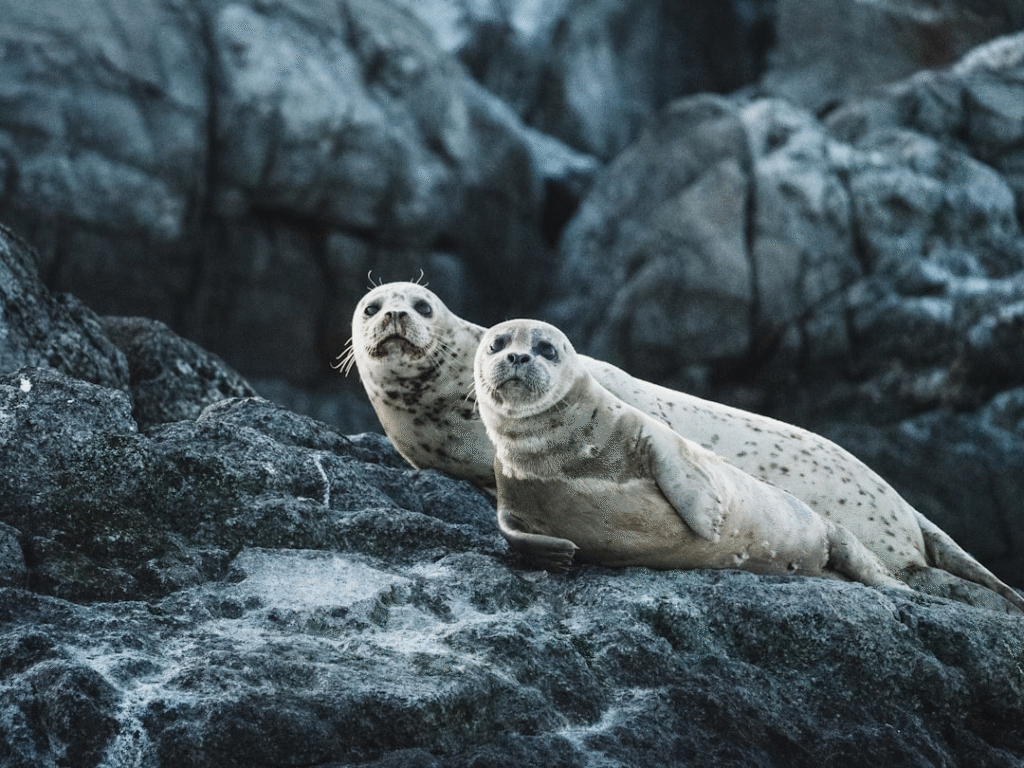
With more seals in the water, human-seal interactions are becoming increasingly common — and not always peaceful. Boaters, fishermen, and wildlife watchers now share space with larger groups of these charismatic mammals.
- Tourism boom: Seal-watching cruises in Narragansett Bay have doubled in the past five years.
- Fishing tensions: Some local fishers complain that seals damage nets or compete for catch.
- Health concerns: Wildlife agencies caution against feeding or approaching seals, warning that close contact can transmit zoonotic diseases or disrupt natural behaviors.
Coastal managers are walking a fine line: balancing the protection of these federally safeguarded animals with the realities of growing human activity along the shoreline. Education campaigns, observation guidelines, and buffer zones are helping to minimize disturbance — but as the population grows, so will the need for coexistence strategies.
Why It Matters

At first glance, the harbor seal’s resurgence might seem like an unqualified win for conservation. But ecologists see it as part of a much bigger, more complex picture — one that mirrors global trends in wildlife adaptation and redistribution.
The seal boom is both a symptom and a signal. It demonstrates how a species can rebound under strong protection laws, but also how ocean warming is reshaping the balance of marine ecosystems. Increased seal populations can affect local food webs, alter fish availability, and even attract more apex predators such as great white sharks — whose own populations are expanding in the Atlantic.
In that sense, Rhode Island’s harbor seals are “messengers of the sea,” offering a visible indicator of broader environmental change. Their presence along the coast is a reminder that the ocean’s health is deeply interconnected with global climate patterns — and with human choices.
A Global Perspective
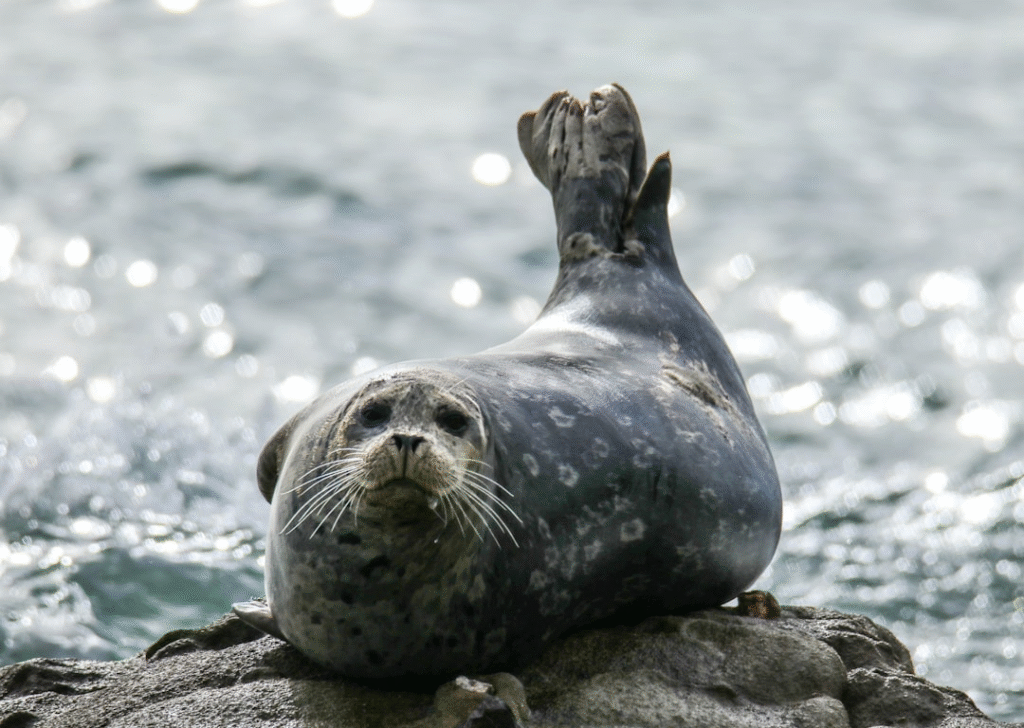
The story unfolding in Rhode Island mirrors patterns seen from Canada to Scandinavia. Across the North Atlantic, harbor seals are adjusting their breeding and feeding behaviors in response to temperature and prey shifts.
In Iceland and Norway, researchers have documented seals hauling out farther north each year. In the U.K., warmer seas have altered pupping seasons, sometimes causing mismatches between seal births and fish abundance. This northward drift is part of a planetary reshuffling of marine life — from plankton blooms to whale migrations — as the ocean’s thermal boundaries continue to migrate.
Rhode Island’s coastline thus becomes a microcosm of a global story: nature’s intricate dance of adaptation, resilience, and warning.
The Future Landscape
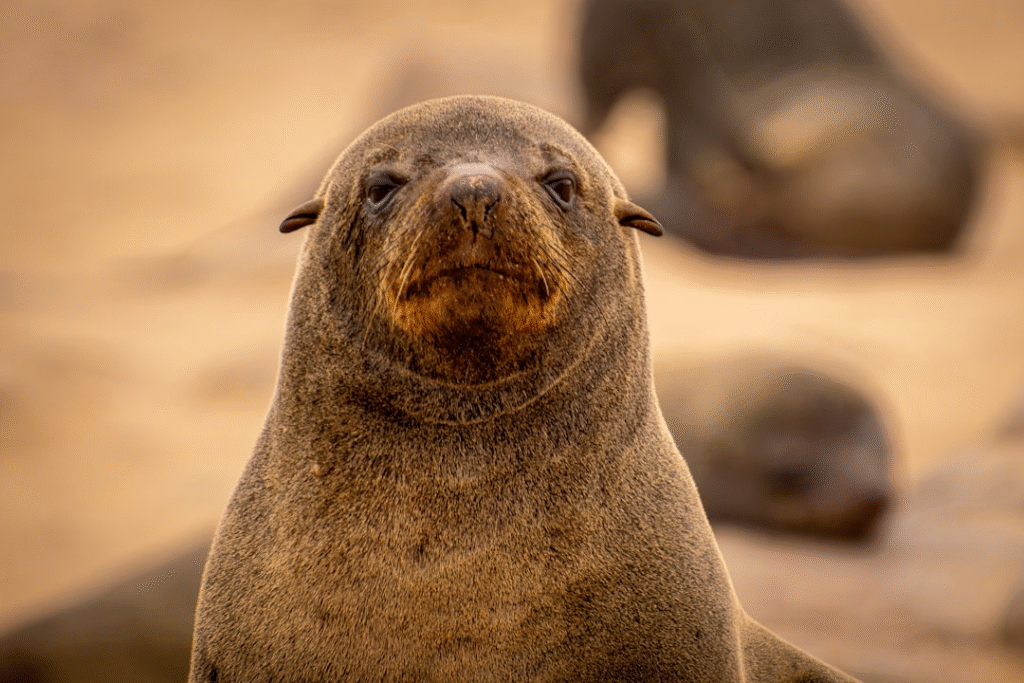
Looking ahead, scientists expect harbor seals to remain a fixture of Rhode Island’s winter seascape, but with potential ripple effects. As populations stabilize or even grow further, competition with gray seals — much larger and more dominant — may increase. Climate models predict continued warming and altered prey distribution, which could force future shifts once again.
Technological advances are helping scientists stay ahead of these trends. Drone-based population surveys, machine-learning image recognition, and AI-assisted tagging are revolutionizing how marine biologists monitor seals. These tools not only track population health but also provide early warnings of environmental stress.
“The harbor seal story shows both sides of the coin,” says Dr. Hines. “It’s a conservation success, but also a climate alarm. How we respond to these shifts will define the next chapter of ocean ecology.”
How You Can Help
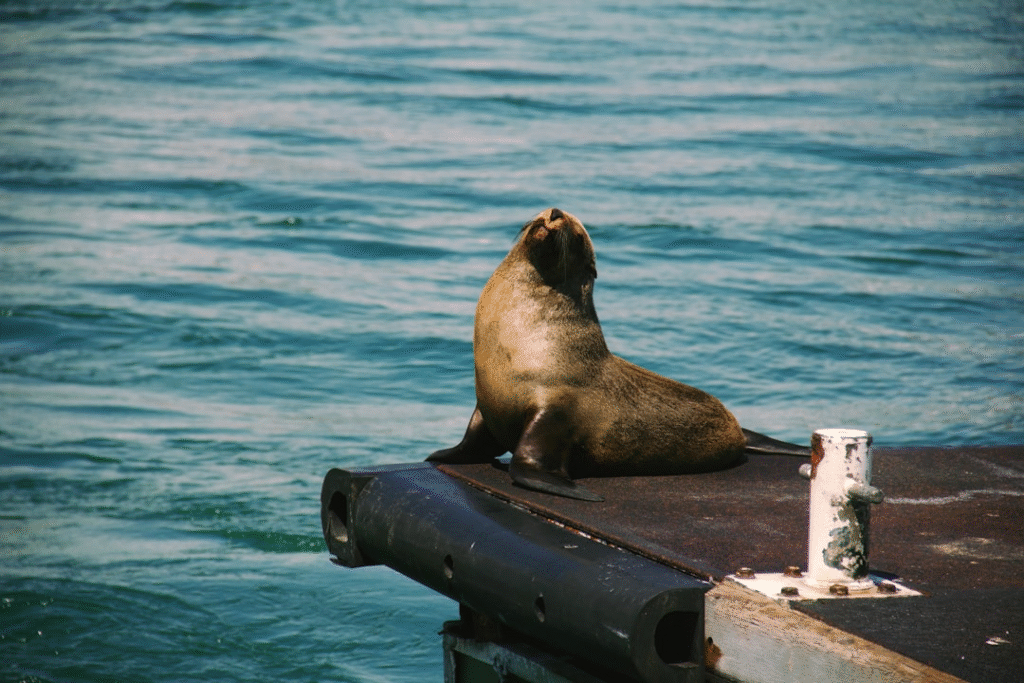
Ordinary citizens can play a surprisingly powerful role in ensuring the continued balance of marine ecosystems:
- Observe responsibly: Keep a 150-foot distance when viewing seals; use binoculars instead of approaching.
- Support clean oceans: Reduce plastic waste and participate in coastal cleanups — pollution directly affects marine life.
- Stay informed: Follow updates from NOAA, local conservation groups, or community-based marine programs.
- Promote awareness: Share verified information on social media to discourage wildlife disturbance or feeding.
Every small act of awareness contributes to a larger culture of respect for marine life — and to the preservation of these remarkable animals that symbolize both recovery and resilience.

Suhail Ahmed is a passionate digital professional and nature enthusiast with over 8 years of experience in content strategy, SEO, web development, and digital operations. Alongside his freelance journey, Suhail actively contributes to nature and wildlife platforms like Discover Wildlife, where he channels his curiosity for the planet into engaging, educational storytelling.
With a strong background in managing digital ecosystems — from ecommerce stores and WordPress websites to social media and automation — Suhail merges technical precision with creative insight. His content reflects a rare balance: SEO-friendly yet deeply human, data-informed yet emotionally resonant.
Driven by a love for discovery and storytelling, Suhail believes in using digital platforms to amplify causes that matter — especially those protecting Earth’s biodiversity and inspiring sustainable living. Whether he’s managing online projects or crafting wildlife content, his goal remains the same: to inform, inspire, and leave a positive digital footprint.




